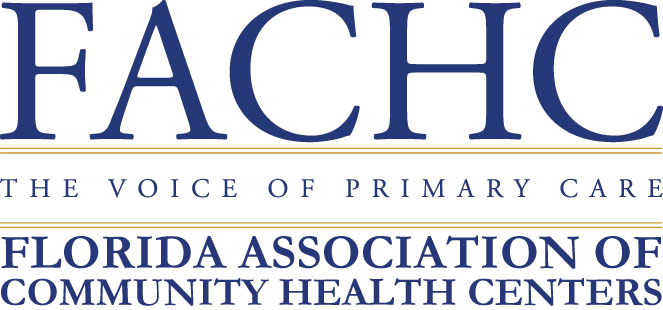Originally posted on Financial Express by Sudhair Chowdhary.
Three well-known non-profits—Save the Children, Tata Trusts and HelpAge—are leveraging modern technology to get more meaningful insights and improve the delivery of their services

Philanthropy is ingrained in the cultural and spiritual foundations of our country. Staying on the course of tradition, the Indian social sector has witnessed a steady 11% growth rate over the past five years (2014-19), according to Bain & Company. Keeping pace with other industries, philanthropic organizations are also making strides on the journey of digital transformation. Of late, it is becoming evident that some of them are already taking these steps, specifically in areas of finance and human resources—areas of maximum significance to non-profits.
Save the Children is one such organization that is using technology to help the most vulnerable segment of our society—our children. They are fiercely committed to ensuring children not only survive but thrive. They run programs to provide quality education and healthcare, protection from harm and abuse, and life-saving aid during emergencies to children.
Bidisha Pillai, CEO of Save The Children, says, “We have to keep evolving ourselves from two perspectives. First and foremost is to leverage technology to amplify the impact of change for the most marginalized child. Secondly, we need to innovate as an organization as well. Modern cloud technologies have helped us to manage our financial data better. Therefore, we can provide the value of every rupee received and spent by our organization.”
One of the major challenges that non-profits face is raising funds, and thereafter, using those funds in an optimal manner. This aspect is important not just from the compliance point of view, but also from the donors’ perspective. Modern donors want to know how their funds are being used and whether these funds are used for the right cause. Team members need to have real-time visibility in order to make sure that resources are being allocated fairly. Here comes the use of data analytics and the right applications in the cloud. Save The Children has been using Oracle HCM and the Expenses module from the ERP cloud solutions in India and globally too.
Pillai added that Oracle understood the nuances of the social sector, providing them with solutions that not only worked for them but helped the organization drive up efficiencies in their internal processes. Similarly, HelpAge India—dedicated towards elderly care—launched a mobile healthcare delivery service and is aiming to reach out to 5 million senior citizens by 2020, not only by immediately dispatching mobile healthcare service personnel to remote villages, but also by managing just-in-time inventory, getting the best credit terms with its suppliers, and accounting for every rupee it receives from donors. HelpAge today uses procurement and inventory from the ERP Cloud to get a clear idea of the complete movement of the money—its receipt, the spend, and the value that it has added to a needy elderly person.
Tata Trusts, the largest shareholder of Tata Sons, is another great example of an iconic organization, rooted deeply in heritage and committed to meaningful social interventions embracing Cloud ERP. The whole idea of utilizing digital technologies is very enthralling. However, it is a completely different story when it comes to the actual adoption of these technologies. The younger workforce today is far more open to leveraging the latest technologies, while the older lot still needs a shift in mindset. However, once everyone realizes how cloud applications like
ERP and HCM can enable them to focus on the real strategic tasks and free up valuable employee work hours, adoption becomes easier. Embedded with newer technologies such as Artificial Intelligence and Machine Learning, these applications can completely transform the finance and HR functions by taking away mundane paperwork, making expense filing, data mining, financial transactions, and insights a breeze.
Prasad Rai, head – applications, Oracle India, says, “We are seeing a societal shift in beliefs and disruptions in business models, as organizations across sectors today are striving to achieve meaningful impact, not only in business but for humanity at large.” Talking about the rising trend of tech utilization by non-profits, he adds, “In today’s dynamic times, the social sector cannot afford to remain insulated from the rest of the world. Modern technologies like AI, Automation, and Blockchain can provide non-profits with unprecedented avenues to make a more meaningful impact.”
Digital technology is certainly redefining philanthropy. Technology allows the non-profit organizations to tell stories, foster engagement, improve productivity and to do what they do best—to be ‘human’.









